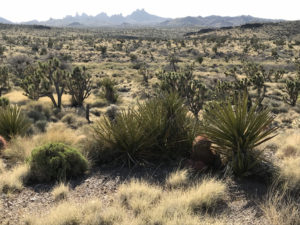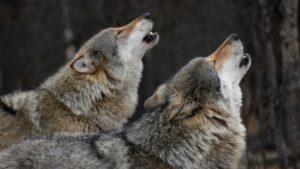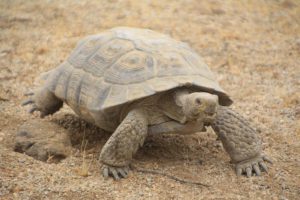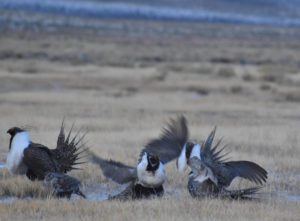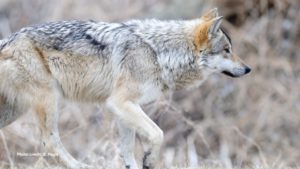*Crossposted from HERE
For Immediate Release, February 6, 2008
Contact: Greta Anderson, WWP Arizona Director 520-623-1878
FEDERAL GOVERNMENT RELEASES PUBLIC-LANDS GRAZING FEE FOR 2008; LOWER THAN EVER, DESPITE RISING COSTS TO TAXPAYERS
February 6, 2008,”Today, the federal government announced the public lands grazing fee for 2008: a mere $1.35 per cow, per month to graze on our National Forests and BLM lands on 235 million acres in the West”.

Adjusted for inflation since 1980, the new cost to graze a cow and her calf is worth about $0.54 in constant 1980 dollars†said Jon Marvel, executive director of WWP. “It costs more than that to feed a hamster, and it’s not fouling streams, ruining wildlife habitat, or accelerating erosion as livestock do. This is a huge hand out to public land ranchers. If the fee had been adjusted for inflation, today’s rate would be $5.94 per AUM.”
A report by the Government Accountability Office in 2005 showed that BLM and Forest Service grazing receipts fell far short of their expenditures on grazing by almost $115 million. The fee decreased from $2.36 per AUM (animal unit month) in 1980 to the current rate of $1.35, or over 40% while grazing fees charged by private ranchers increased by 78 percent for the same period. To recover costs of administering the federal grazing program, BLM and the Forest Service would have had to charge $7.64 and $12.26 per AUM[1] .
The fee is set by a formula established by the Public Rangelands Improvement Act of 1978, and calculates the fee based on the amount of forage required to sustain one AUM (a cow and her calf) for one month. This new fee is as low as the government formula allows it to go despite increasing costs to administer the grazing program. The new fee and formula do not account for inflation or the increasing size of those “animal units.”
In addition, based on figures from the National Agricultural Statistics Service, the average weight of cows increased from 1050 pounds in 1984 to 1242 pounds in 2004, or an increase of 23%, while the forage consumption of their calves is not counted. If the current weight and forage consumption of cows and their calves were counted, the actual forage consumed is over 40% greater than the agencies charge for, further devaluing the fee recovered. These “super-sized” cows are eating more forage than their smaller predecessors, raising the profits for the livestock industry and reducing the amount of vegetation available for wildlife.
“No one is surprised that a government program runs at a deficit,” said Greta Anderson, WWP’s Arizona Director. “What people may be surprised to know is that this de facto subsidy only benefits a very small percentage of ranchers who have public lands permits. So why should we subsidize this marginal industry? What is the benefit to the broader America public to be giving away the bounty and biological integrity of our public lands while degrading our watersheds, water supplies and wildlife habitat? “
“Western Watersheds Project would like the land management agencies to revisit the grazing fee formula and adjust the base rate to reflect inflation, the increased weights of livestock, and the ecological costs of maintaining the program.”Greta Anderson said, “Given the massive budgetary shortfalls in the agencies and the scaling back of staff and services that is occurring, recovering a fair fee on our public grazing lands is a perfectly reasonable goal.”
[1] https://www.gao.gov/new.items/d05869.pdf https://westernwatersheds.org
https://westernwatersheds.org
Consider joining Western Watersheds Project yourself or enrolling a friend with a gift membership. Joining is easy at WWP’s secure online membership page

